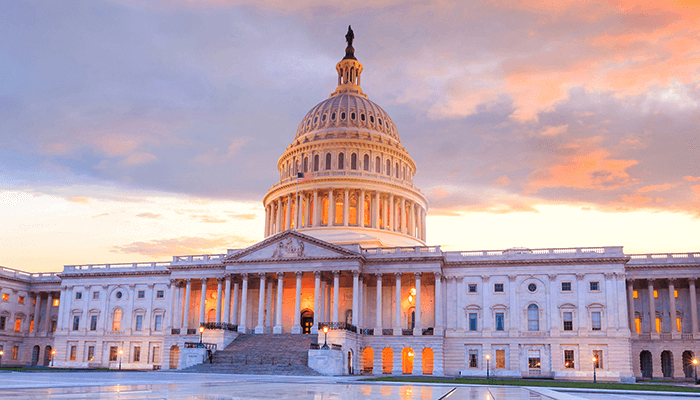Interest Rates Surge Near Record Highs
Interest rates are once again on the rise across nearly every maturity. The ten-year Treasury note closed at 4.7 percent on Tuesday, up from 4.1 percent just six weeks ago and 1.6 percent at the start of 2022. The three-month bill is now yielding nearly 5.5 percent, up from less than 0.1 percent at the start of 2022. As a result, federal interest costs are surging.
Interest rates have been on the rise since early 2022, as the Federal Reserve worked to fight the surge in inflation and federal debt has continued to rise. Ten-year Treasury rates have spiked nearly 60 basis points in six weeks on news of higher-than-expected inflation data, stronger-than-expected economic data, and weak Treasury auctions.

In combination with high and rising debt, high interest rates are causing federal interest costs to explode. Interest costs in the first half of this Fiscal Year (FY) have already totaled $429 billion – equal to 39 percent of all individual income taxes paid so far – and are projected to reach $870 billion for the full year. At this level, interest payments will surpass spending on both defense and Medicare this year and rise to become the second largest line item in the budget.

By next year, interest is projected to reach a record 3.2 percent of Gross Domestic Product (GDP) – compared to 1.5 percent just three years ago – which exceeds the record set back in FY 1991. And by 2051, interest costs are projected to reach 5.9 percent of GDP and become the single largest line item in the federal budget.
This spells trouble for debt sustainability. With long-term nominal economic growth projected to average around 4 percent per year, the interest rate on new debt is now well above the growth rate (R>G). This could lead to a dangerous debt spiral, particularly as rising debt further pushes up interest rates and stifles economic growth. A 1 percentage point increase in interest rates over the Congressional Budget Office's baseline will add another $2.9 trillion to the debt.
Although most of our national debt was issued when interest rates were low, that debt is rolling over into a high-rate environment and further borrowing continues. Rising Treasury interest rates will put even more pressure on our high and rising debt; the best way to mitigate these costs is through thoughtful and responsible fiscal reforms that limit additional borrowing, reduce inflationary pressures, and push down interest rates.


